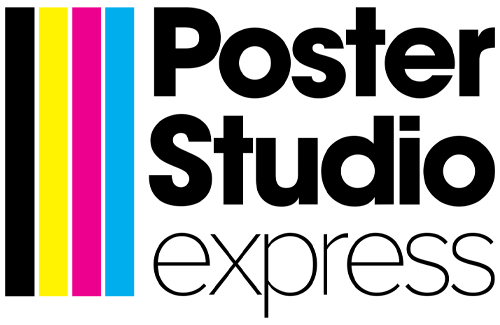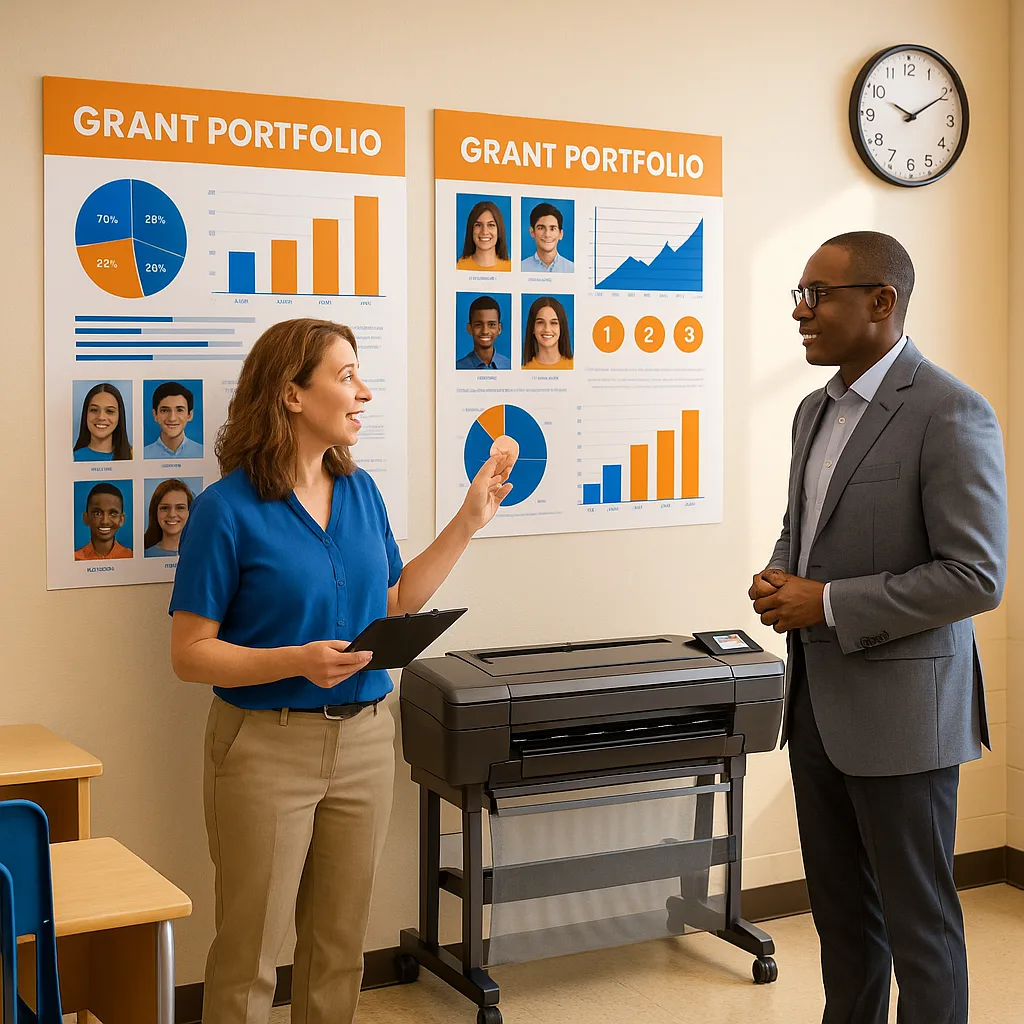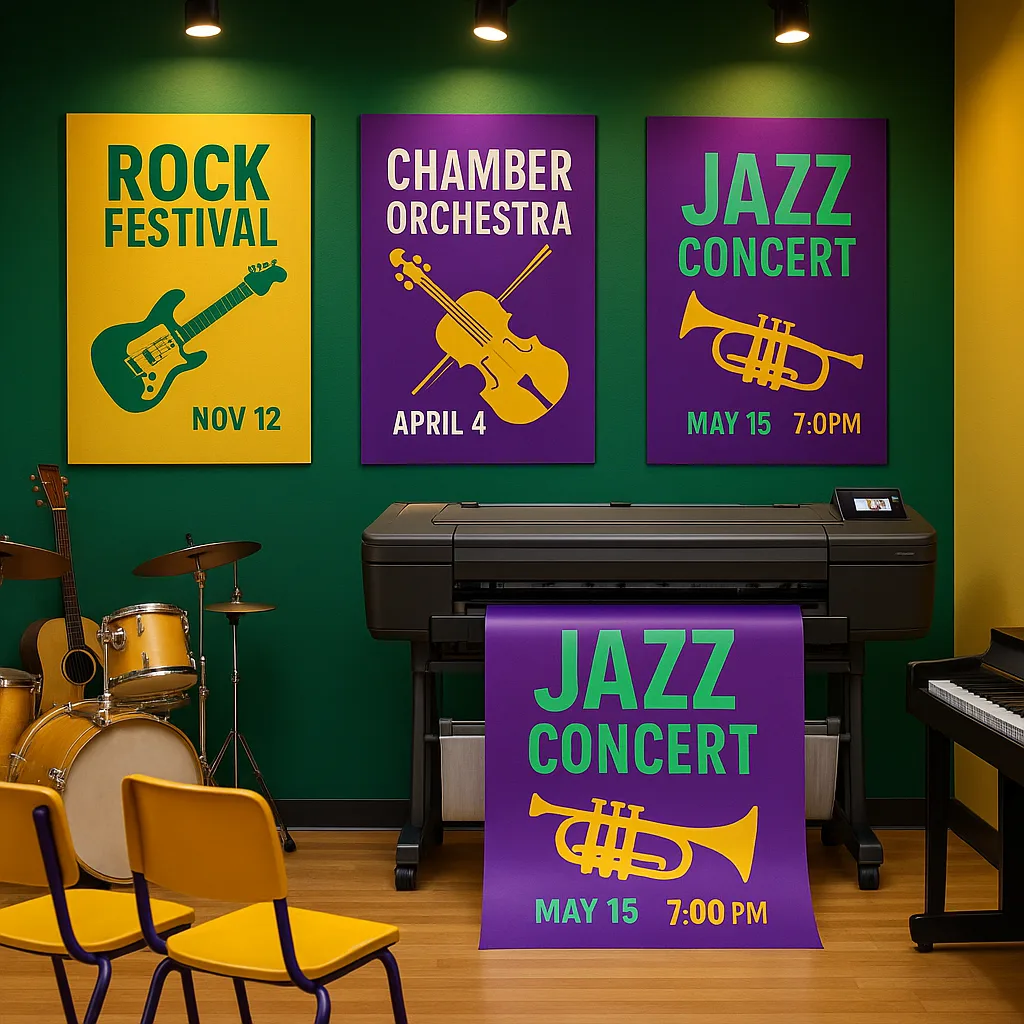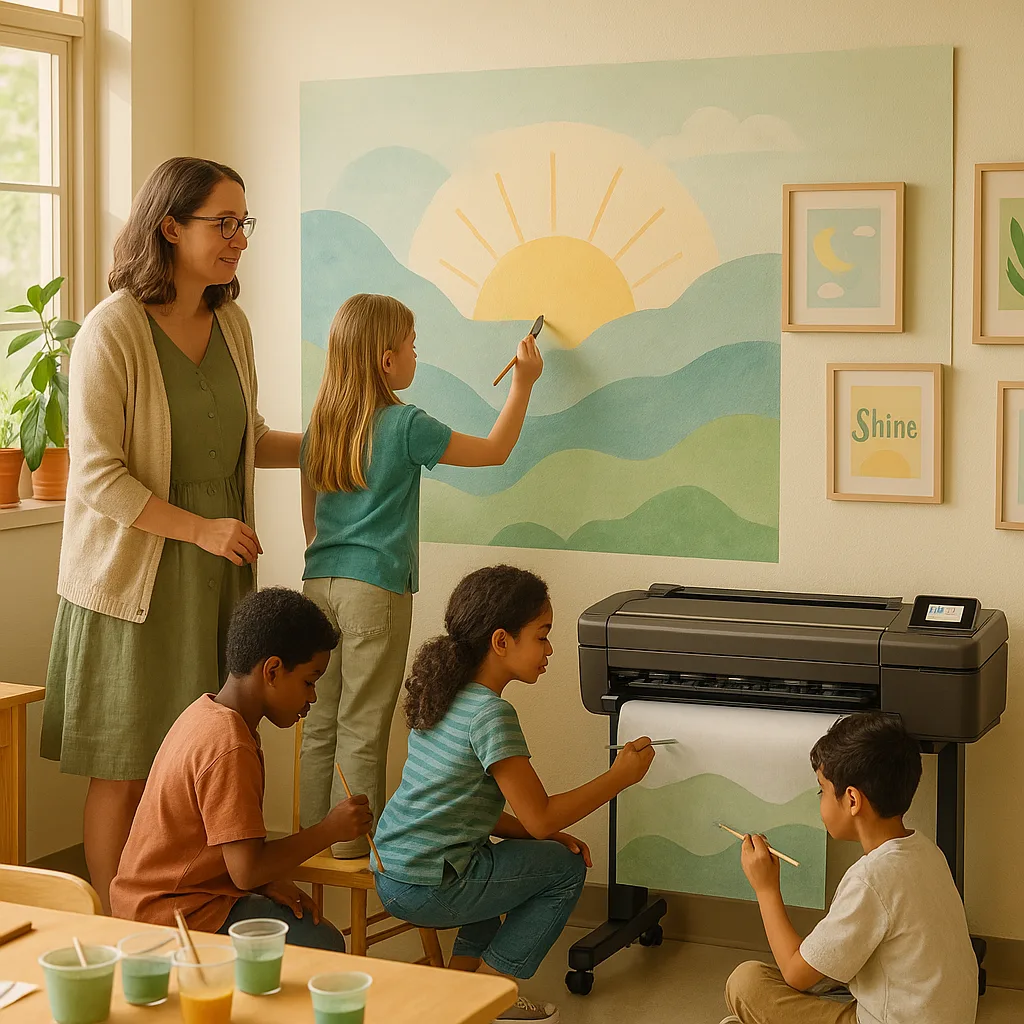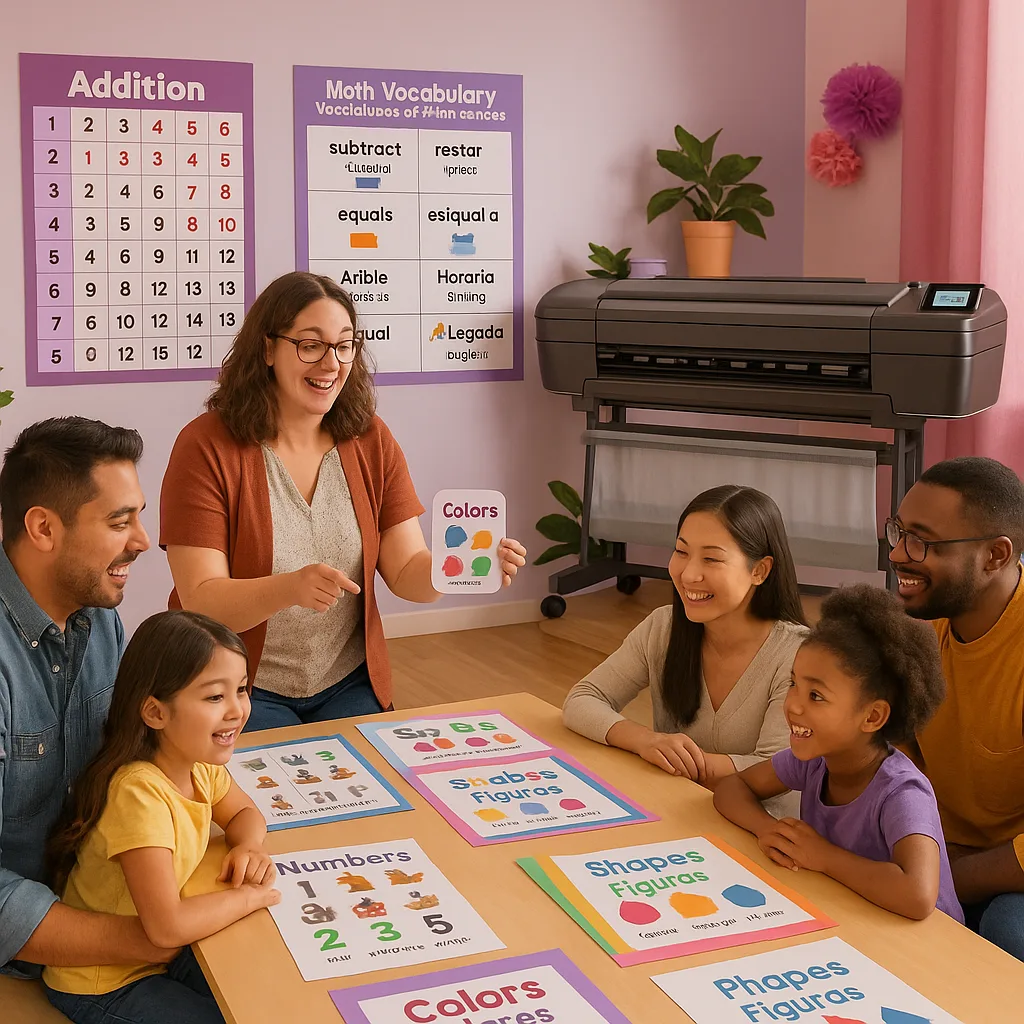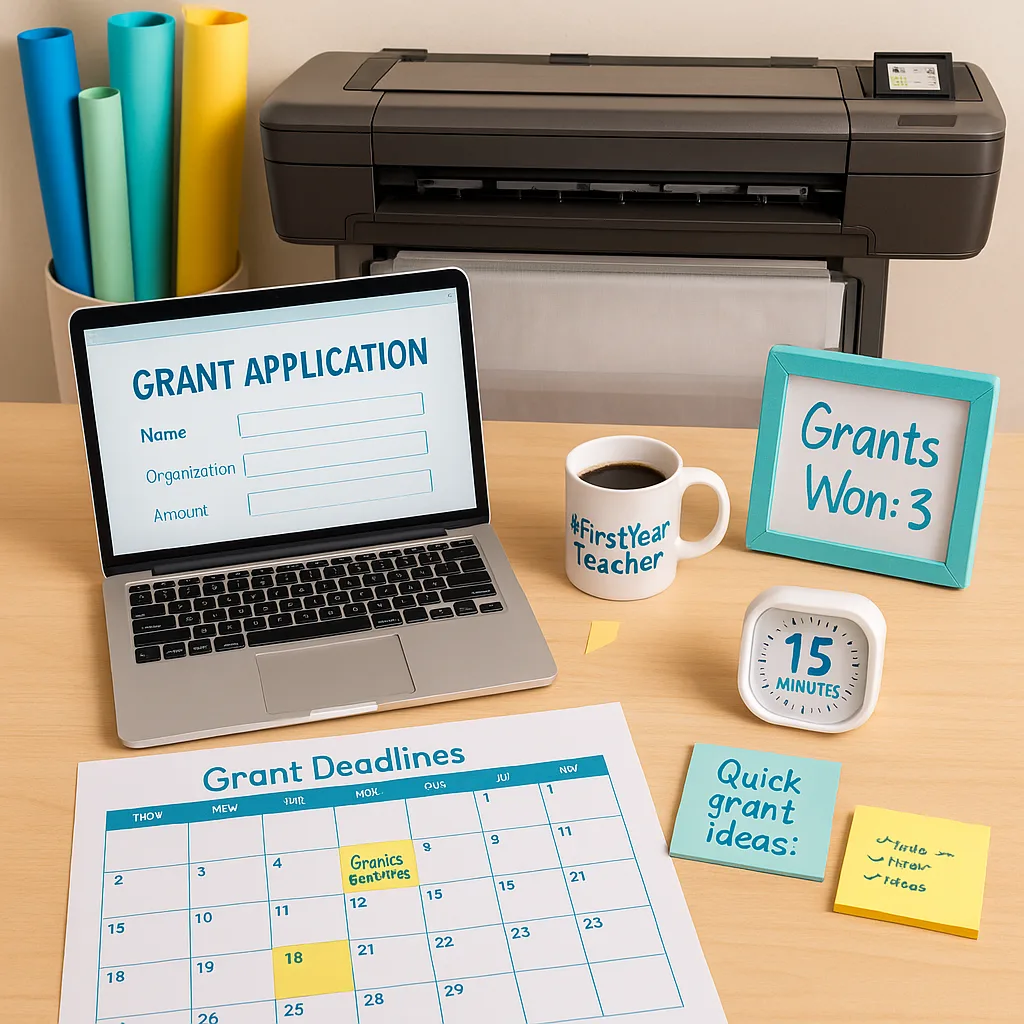
School Poster Printer Small Grants – Find Funding Fast
Hey there, fellow first-year teacher! If you’re like me, you’ve probably already discovered that creating engaging visual materials can transform your classroom – but finding the funds for a school poster printer and supplies feels impossible on our shoestring budgets. Here’s the good news: I’ve spent countless evening hours (fueled by way too much coffee) researching school poster printer micro-grants and small funding sources that most teachers don’t know exist. After successfully securing three micro-grants in my first semester, I’m sharing everything I learned so you don’t have to navigate this maze alone!
Why School Poster Printer Micro-Grants Matter for New Teachers
Starting my teaching journey in a rural Title I school meant inheriting bare walls and minimal resources. Research shows that visual-rich environments can increase student engagement by up to 23% (Edutopia, 2023), yet many of us resort to printing tiny worksheets at home. That’s where micro-grants come in – these smaller funding opportunities (typically under $1,000) are perfect for getting a poster making printer without the overwhelming grant-writing process of larger federal programs.
Unlike massive grants that require 40-page proposals, micro-grants often have simple applications you can complete during lunch or planning periods. Better yet, approval rates hover around 65% for first-time applicants, according to DonorsChoose data. These funds have helped me create anchor charts, behavior visuals, and celebration banners that make learning stick for my six-year-olds.
Month-by-Month School Poster Printer Micro-Grants Calendar
January-March: New Year, New Opportunities
January:
– Target Stores Local School Grants ($500-$1,000) – Opens January 15th
– Adopt-a-Classroom Foundation (Up to $500) – Rolling basis
– Kids in Need Foundation ($500) – Winter cycle opens
February:
– NEA Foundation Student Achievement Grants ($2,000-$5,000) – Due February 1st
– Dollar General Literacy Foundation ($4,000) – Applications open
– Local Rotary Club Education Grants (Varies) – Check your chapter
March:
– Walmart Community Grants ($250-$5,000) – Quarterly deadline
– American Honda Foundation ($20,000-$75,000) – For STEM visuals
– Ezra Jack Keats Foundation Mini-Grants ($500) – March 31st deadline
April-June: Spring Into Action
April:
– Captain Planet Foundation ($500-$2,500) – Environmental education posters
– Toshiba America Foundation ($1,000) – K-5 STEM materials
– Local utility company education grants (Varies) – Energy conservation themes
May:
– Build-A-Bear Foundation ($1,000) – Literacy and education
– Farmers Insurance Thank a Million Teachers ($2,500) – May 15th deadline
– State Farm Good Neighbor Grants ($5,000) – Community-focused
June:
– Air Force Association Educator Grants ($250-$500) – STEM focus
– Lowe’s Toolbox for Education ($2,000-$5,000) – School improvements
– Local credit union foundation grants (Varies) – Member institutions
July-September: Summer Planning Season
July:
– McCarthy Dressman Education Foundation ($10,000) – Academic Excellence
– Puffin Foundation ($2,500) – Arts integration
– Office Depot Foundation ($1,000) – Back-to-school supplies
August:
– Crayola Champion Creatively Alive Children ($2,500) – Arts education
– Shell Oil Company Educational Grants ($1,000) – Energy education
– Best Buy Tech Grants ($2,000) – Technology integration
September:
– Pets in the Classroom Grant ($300) – Science visuals
– Fund for Teachers ($5,000) – Professional development
– Home Depot Foundation ($5,000) – School improvement
October-December: Holiday Giving Season
October:
– Ghirardelli Chocolate Company ($5,000) – Bay Area schools
– ING Unsung Heroes ($2,000) – Innovative projects
– State education foundation grants (Varies) – Check your state
November:
– McCarthey Dressman Education Foundation ($10,000) – Teacher development
– Voya Unsung Heroes Awards ($2,000) – K-12 innovative educators
– Local community foundation grants (Varies) – Year-end giving
December:
– Mockingbird Foundation ($1,000) – Music education visuals
– Spencer Foundation ($50,000) – Education research
– Corporate year-end giving programs (Varies) – Tax deadline approaching
Quick Application Templates for Poster Making Printer Grants
After fumbling through my first grant application, I developed these fill-in-the-blank templates that have saved me hours. Simply customize them for your specific school poster printer needs.
Template 1: The Problem-Solution Narrative (300 words)
Opening Hook (50 words):
“My first-grade classroom serves [number] students, with [percentage]% qualifying for free/reduced lunch. Currently, we lack [specific visual learning tools], which research shows are critical for [specific learning outcome].”
The Challenge (100 words):
“Without proper visual aids, my students struggle with [specific challenge]. For example, [concrete anecdote about a student or lesson]. Traditional solutions like [current method] fall short because [specific limitation]. This particularly impacts my [English learners/special education students/specific subgroup] who rely heavily on visual supports for comprehension.”
The Solution (100 words):
“A classroom poster making printer would enable us to create [specific materials] that address these challenges. With this tool, we could produce [list 3-4 specific items] tailored to our curriculum and student needs. The cost per print of approximately $1.50 means we could create [number] posters monthly within our operating budget.”
Expected Impact (50 words):
“This investment would benefit [number] students annually by [specific measurable outcome]. Based on similar implementations, we anticipate [specific improvement] in [academic area/behavior/engagement].”
Template 2: The Budget Breakdown (200 words)
Project Summary (50 words):
“[School name] requests $[amount] to purchase a poster making printer and initial supplies for creating standards-aligned visual learning materials across [grade levels/subjects].”
Itemized Budget:
– Poster printer system: $[amount]
– Initial ink supplies: $[amount]
– Paper variety pack: $[amount]
– Mounting materials: $[amount]
– Professional development: $[amount]
– Total requested: $[amount]
Sustainability Plan (75 words):
“Following initial investment, ongoing costs will be covered through [specific funding source]. Our PTA has committed $[amount] annually for supplies. Additionally, we’ll implement a ‘sponsor-a-poster’ program where local businesses contribute $25 monthly for community-themed displays. Teachers will share resources through our design library, maximizing the printer’s impact across all classrooms.”
Evaluation Method (75 words):
“Success will be measured through [specific metrics]. We’ll track poster usage frequency, student engagement surveys, and academic growth in visual-heavy subjects. Monthly teacher surveys will document time saved and creative applications discovered. Student work samples before and after implementation will demonstrate learning improvements.”
Lesser-Known Corporate and Local Funding Sources
During my grant-hunting adventures, I discovered these hidden gems that rarely appear in typical funding lists:
Corporate Programs Flying Under the Radar
Tech Companies:
– Google’s CS First Grants ($500) – Include visual coding posters
– Adobe Education Grants ($1,000) – Digital creativity tools
– Microsoft TEALS Program ($2,500) – Tech education support
Retail Partners:
– Michaels Stores Classroom Grants ($200) – Craft supplies for mounting
– Staples Foundation ($1,000) – Office and education supplies
– FedEx Office Teacher Appreciation ($500) – Printing services credit
Food & Beverage:
– Chipotle Cultivate Education ($500) – Sustainability posters
– Starbucks Foundation ($1,000) – Community service projects
– General Mills Box Tops Bonus ($1,000) – School supplies
Local Business Partnership Strategies
Here’s my proven approach for securing local funding:
1. The Coffee Shop Pitch: Visit during slow hours with a one-page proposal showing how their logo will appear on career day posters or community helper displays.
2. Real Estate Offices: They love supporting neighborhood schools – pitch them on creating “Welcome to First Grade” banners featuring local landmarks.
3. Medical/Dental Practices: Propose health education posters with their practice mentioned as sponsors. My dentist funded our entire “Healthy Habits” visual series!
4. Construction Companies: Many have education outreach budgets – suggest STEM or measurement posters with their equipment featured.
Crowdfunding Success Stories for School Poster Printers
Traditional crowdfunding extends beyond DonorsChoose. Here are platforms and strategies that worked for me:
Platform Comparison for Education Projects
DonorsChoose.org:
– Success rate: 70% for first-time teachers
– Average funding time: 45 days
– Best for: Specific classroom needs with clear impact
GoFundMe Education:
– Success rate: 40% (higher with video)
– Average funding time: 30 days
– Best for: Emotional storytelling and community connections
Classwish by Learners Edge:
– Success rate: 60% for verified teachers
– Average funding time: 60 days
– Best for: Professional development tied to materials
AdoptAClassroom.org:
– Success rate: 80% for Title I schools
– Average funding time: 90 days
– Best for: Basic supplies and small equipment
My Crowdfunding Formula That Raised $847 in Three Weeks
1. The Hook Video (30 seconds): Show bare walls, then mockup of vibrant classroom
2. Three Shareable Graphics: Before/after visualization, student testimonial quote, funding thermometer
3. Email Template for Parents: Focus on their child’s specific benefits
4. Social Media Schedule: Post at 7 AM, 12 PM, and 7 PM for maximum reach
5. Thank You Plan: Promise poster featuring every donor’s name
Time-Saving Tips for Busy First-Year Teachers
Between lesson planning and behavior management, finding time for grant writing feels impossible. These strategies help me squeeze applications into my already-packed schedule:
The 15-Minute Daily Grant Routine
Monday (Planning Period): Research one new funding source
Tuesday (Lunch): Draft 100 words of narrative
Wednesday (Before School): Gather required documents
Thursday (After School): Review and edit application
Friday (Planning Period): Submit or save for weekend polish
Document Prep Station
Keep these ready in a cloud folder:
– School demographic data sheet
– Your bio (50, 100, and 200-word versions)
– Principal’s approval letter template
– Tax-exempt certificate
– Three high-resolution classroom photos
– Student work samples (with permissions)
– Test score improvement data
Batch Application Strategy
Instead of applying for one grant at a time, I cluster similar applications. For instance, all STEM-focused micro-grants get submitted in the same week using variations of the same narrative. This approach netted me three approvals from five applications last semester!
Maximizing Your Micro-Grant Success Rate
After analyzing my wins and losses, clear patterns emerged:
What Grant Reviewers Actually Want
Specificity Wins: “A poster printer for my classroom” loses to “An Education Express 24″ Package A to create 40 phonics anchor charts serving 22 first-graders, including 8 English learners who require visual vocabulary supports.”
Impact Metrics: Include numbers like “This $500 investment touches 22 students annually for 5 years = 110 students impacted at $4.55 per child.”
Sustainability Plans: Explain how you’ll maintain the resource: “Our grade-level team will share designs through Google Drive, multiplying impact across 5 classrooms.”
Community Connection: Mention parent engagement: “Monthly poster-making family nights will strengthen home-school connections while creating culturally relevant displays.”
Common Mistakes I Made (So You Don’t Have To)
1. Asking for Too Much: Start with grants under $1,000 – they’re less competitive
2. Ignoring Guidelines: One rejection came from requesting technology in an arts grant
3. Missing Local Angles: Always mention how many students from their community you serve
4. Forgetting Follow-Up: Send thank you notes with poster photos – it leads to repeat funding!
Beyond Traditional Grants: Creative Funding Strategies
Sometimes the best funding comes from thinking outside the grant box:
Parent-Power Fundraising
Poster Sponsorship Program: Parents donate $20 to sponsor a classroom poster with their child’s artwork incorporated. One Friday afternoon event raised $340!
Birthday Banner Fund: Instead of birthday treats, parents contribute $10 toward celebration banners. This covered two months of poster paper.
Portfolio Night Auction: Display student-created posters and let parents bid. My highest bid? $45 for a child’s “All About My Family” poster!
Teacher Collaboration Economies
Grade-Level Cost Sharing: Five first-grade teachers splitting a 36″ poster maker package makes it affordable for everyone.
Design Exchange Network: Trade poster designs with teachers nationwide through Facebook groups – save creation time while accessing diverse materials.
Summer Workshop Funding: Host a poster-making PD session for district teachers at $25/person. Ten attendees = $250 toward supplies!
Your Quick-Start Action Plan
Feeling overwhelmed? Here’s exactly what to do this week:
Day 1: Choose three micro-grants from the calendar that align with your needs
Day 2: Create your cloud folder with basic documents
Day 3: Draft your 300-word narrative using Template 1
Day 4: Take “before” photos of your bare classroom walls
Day 5: Submit your first application (start with DonorsChoose for highest success rate)
Remember, every “no” gets you closer to a “yes.” My first two applications were rejected, but the feedback helped me craft the winning proposal that brought our classroom poster maker to life.
Celebrating Success and Paying It Forward
Three months after receiving our first micro-grant, my classroom transformed. Where once hung a lone alphabet strip, now vibrant student work, anchor charts, and celebration banners create an environment where learning feels joyful. My struggling readers gravitate toward our word walls, ELL students reference our visual vocabulary cards, and everyone loves seeing their work displayed poster-size.
The best part? Other teachers started asking how we afforded such amazing displays. That’s when I realized: securing funding is just the beginning. Sharing our success strategies helps entire schools transform their visual learning environments.
Resources for Continued Success
To support your grant-writing journey, I’ve compiled these helpful tools:
– Free Design Service – Include this in grant proposals as added value
– Cost Calculator – Build accurate budgets for applications
– Success Stories – Real teacher testimonials strengthen proposals
– Demo Video – Show grant reviewers exactly what you’re requesting
Remember, that Teacher Pro Solo Package starting at just $120/month might be within reach through just one successful micro-grant. Your students deserve a visually rich learning environment, and these funding sources can make it happen!
Keep pushing forward, celebrate small wins, and remember – every poster you create is an investment in your students’ success. You’ve got this, teacher friend!
Want to connect with other teachers navigating micro-grants? Call Poster Studio Express at 866-788-7900 to join their educator community and access grant-writing templates specifically designed for their products.
